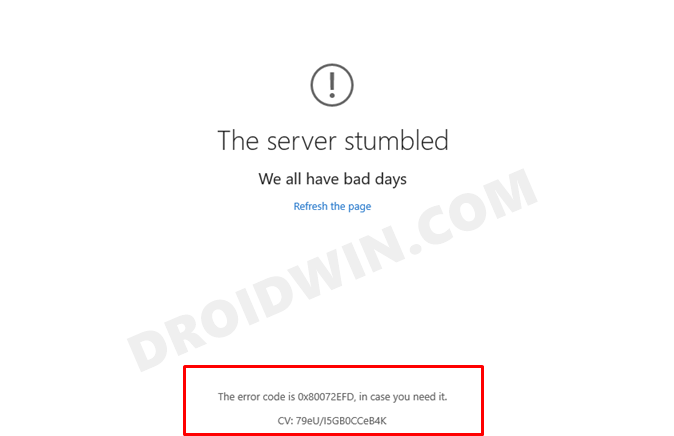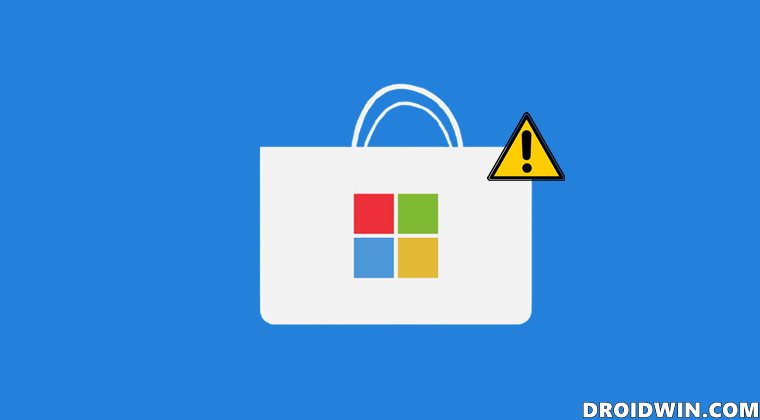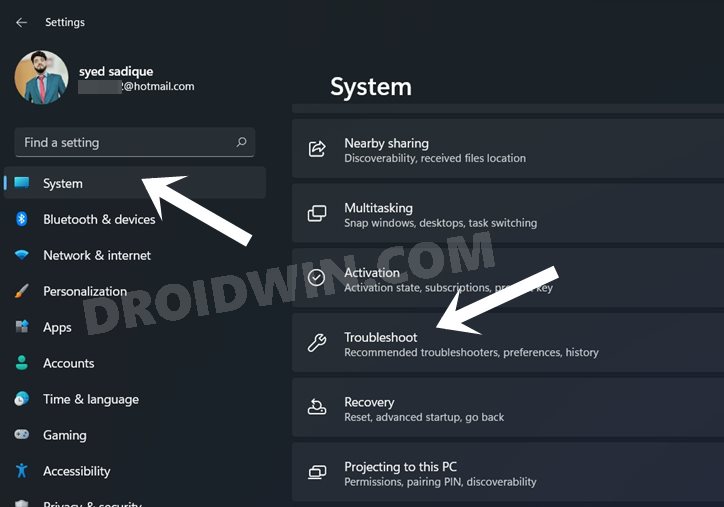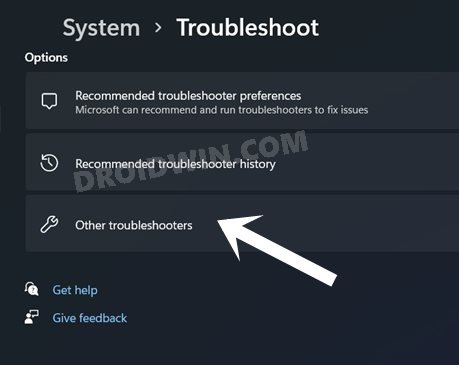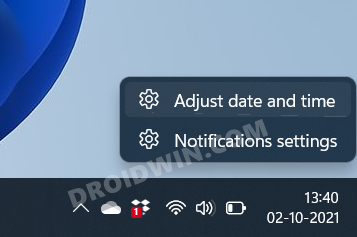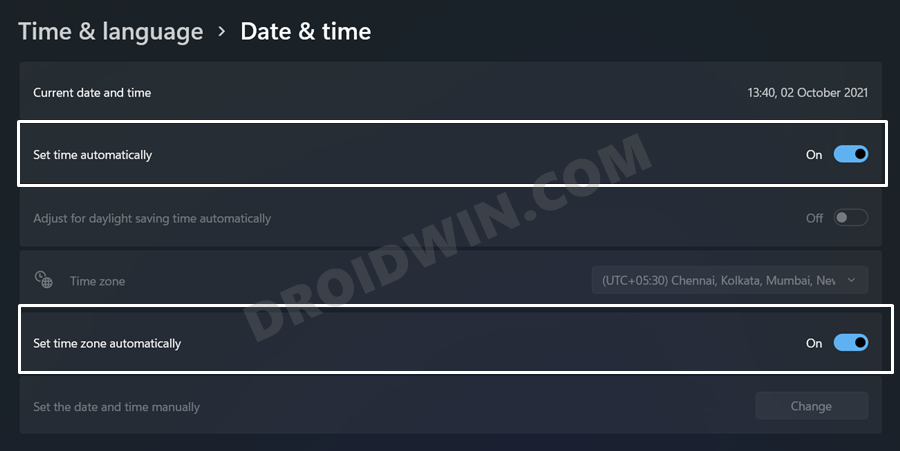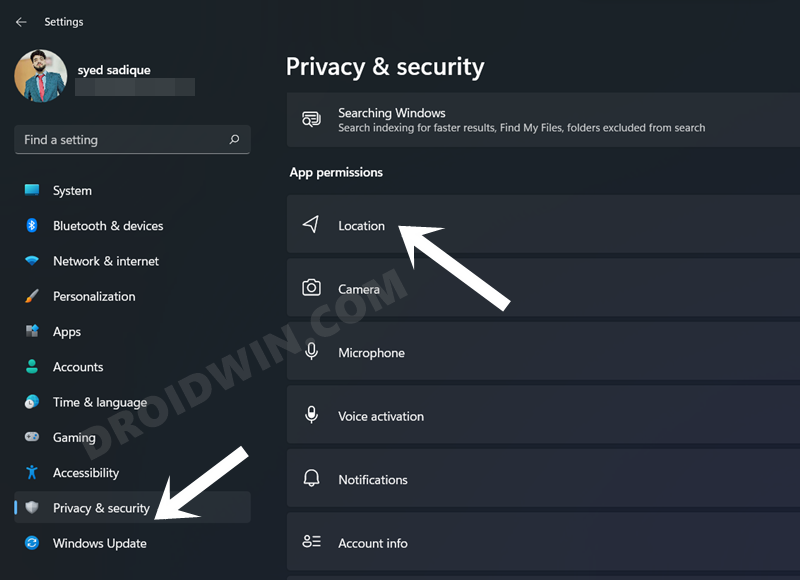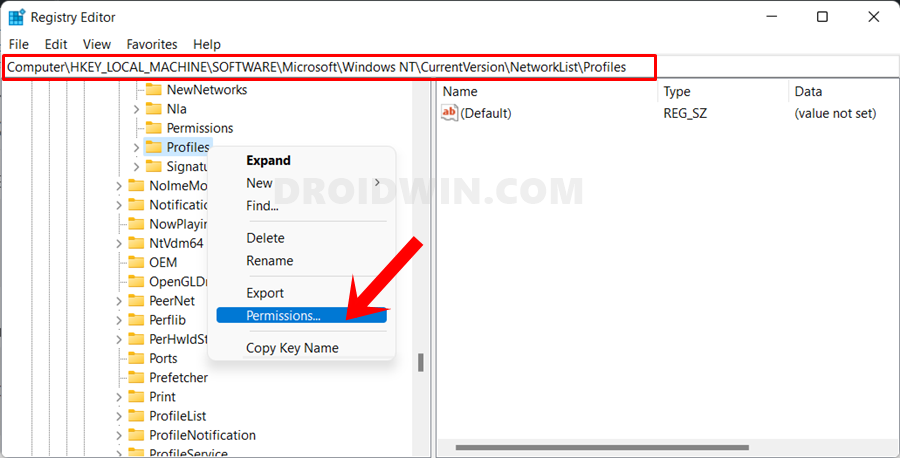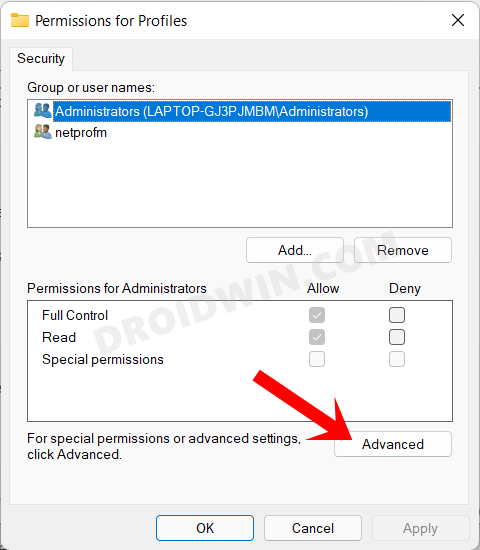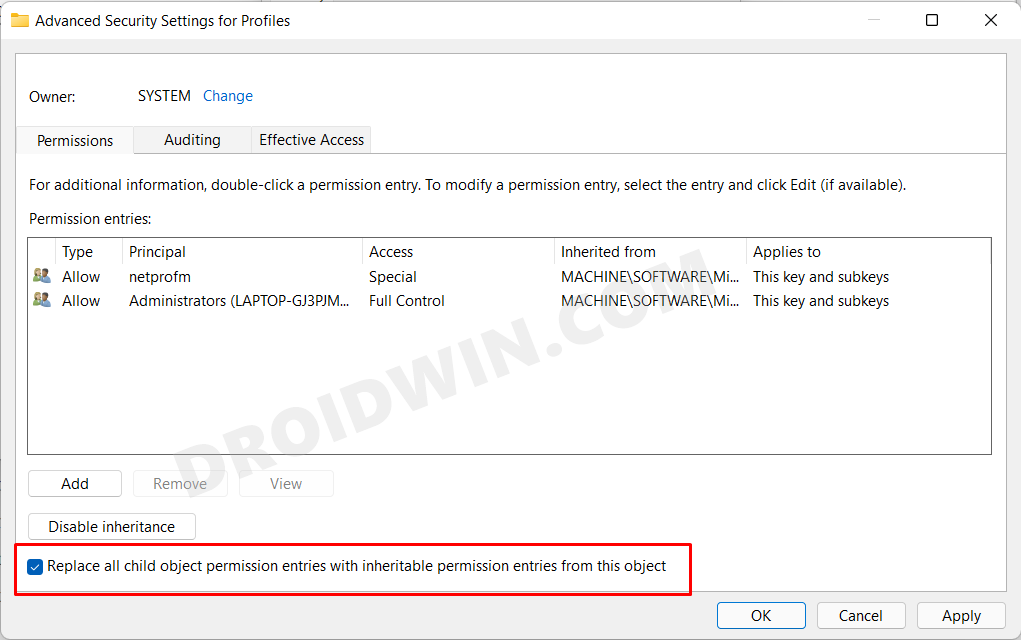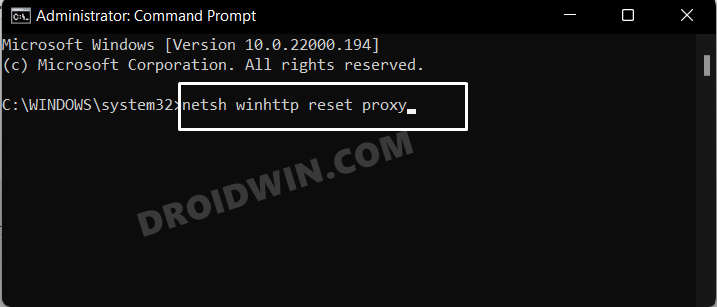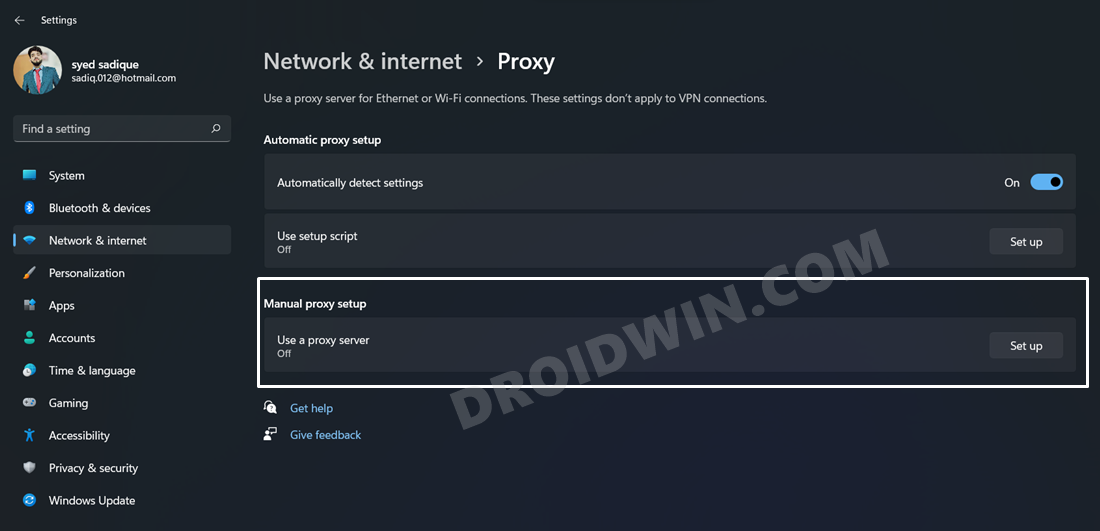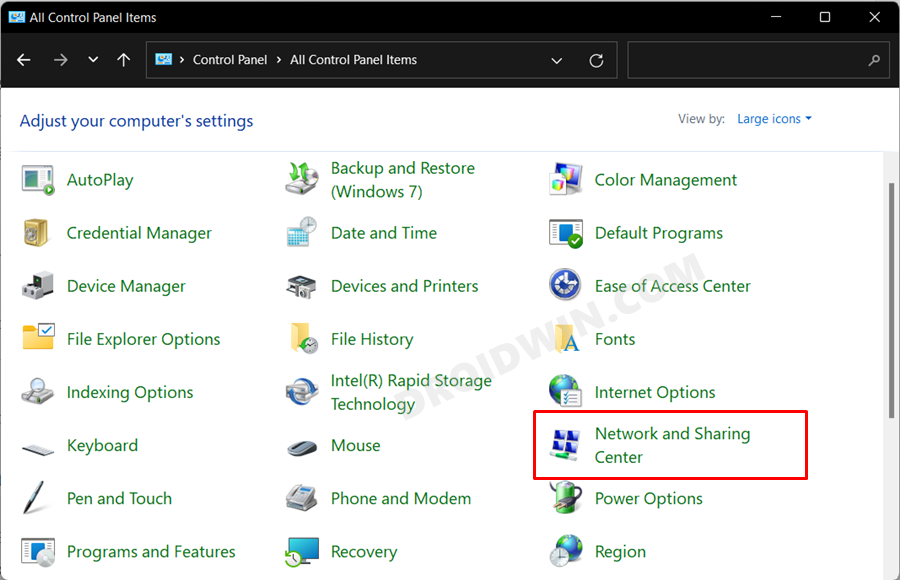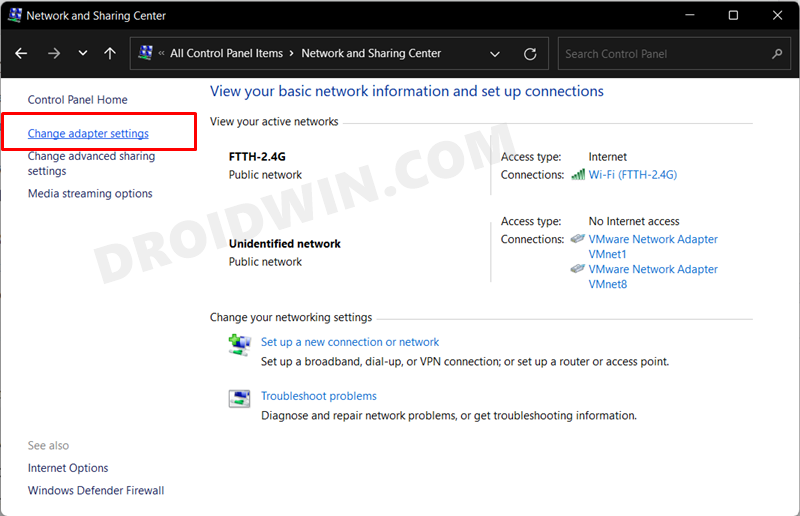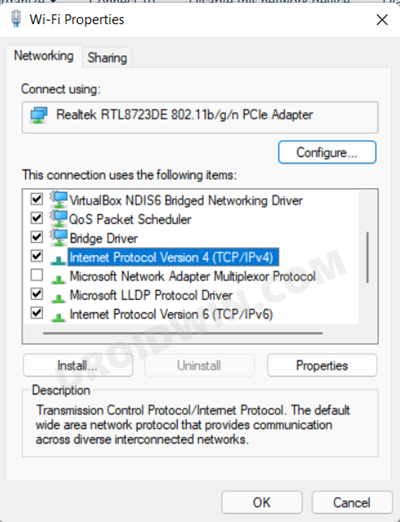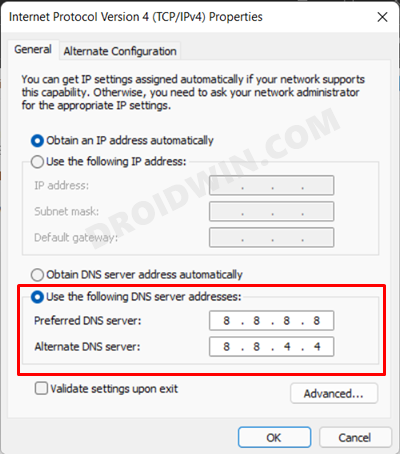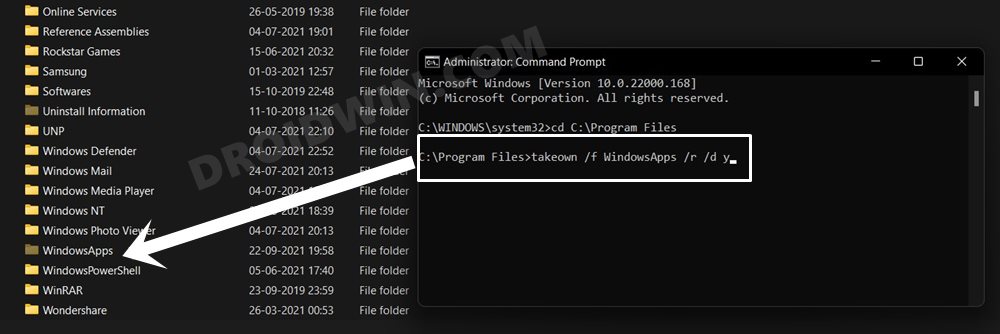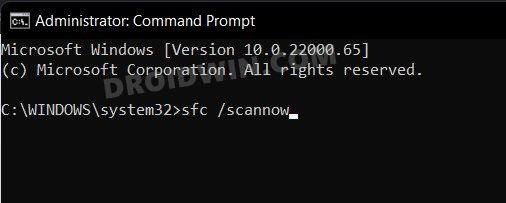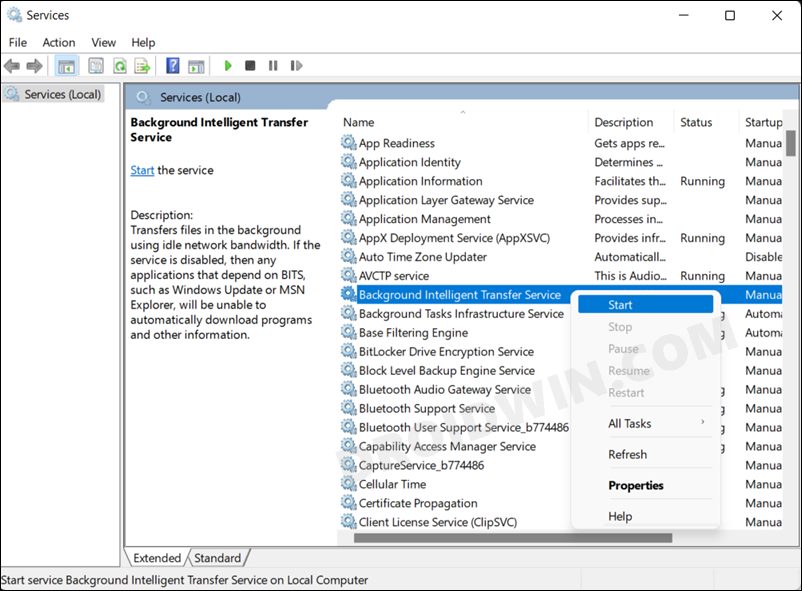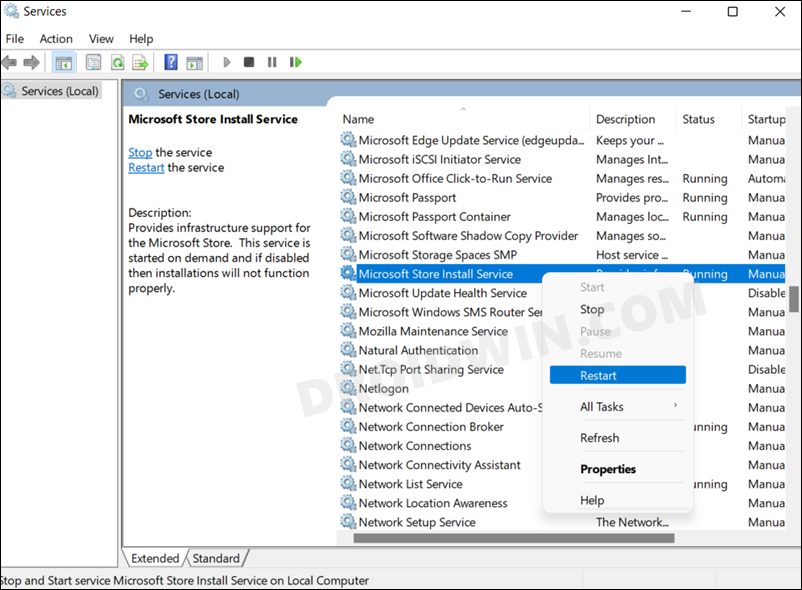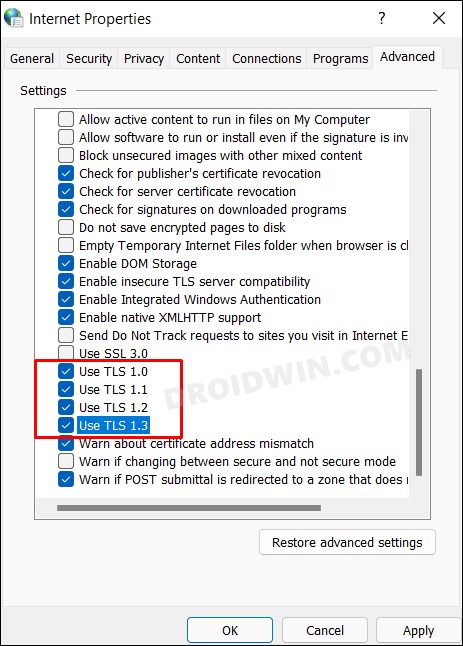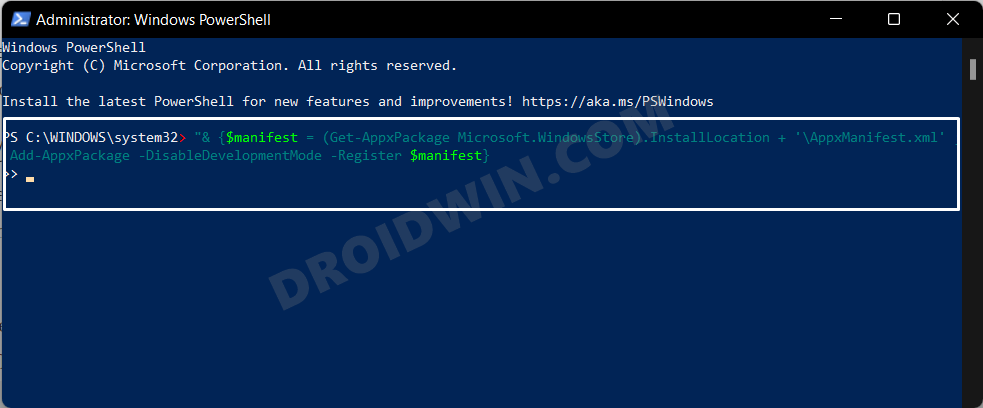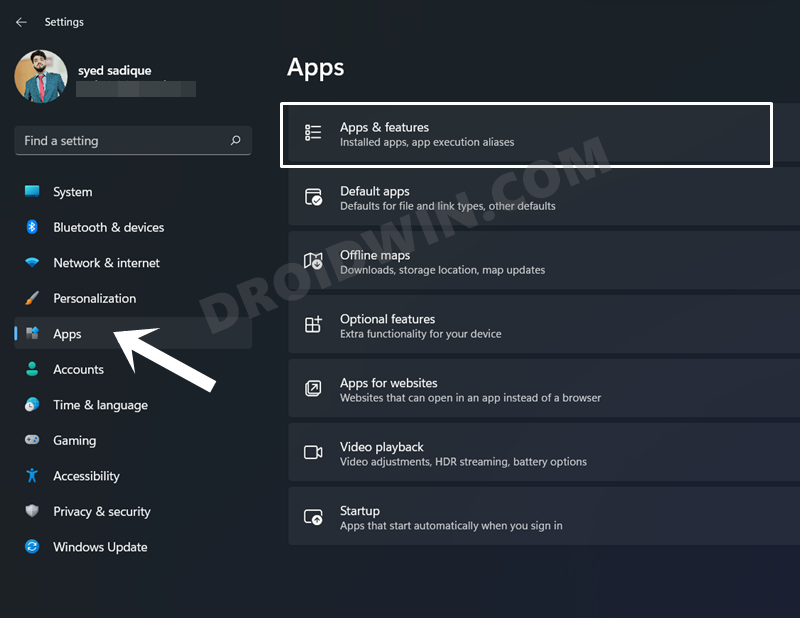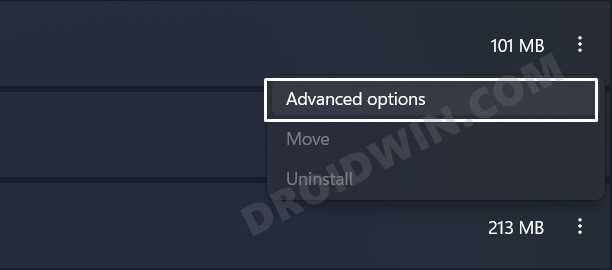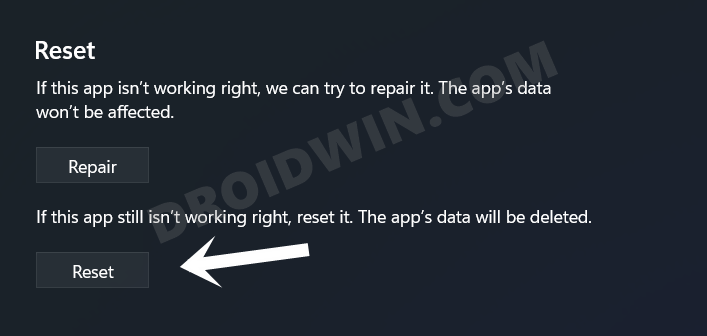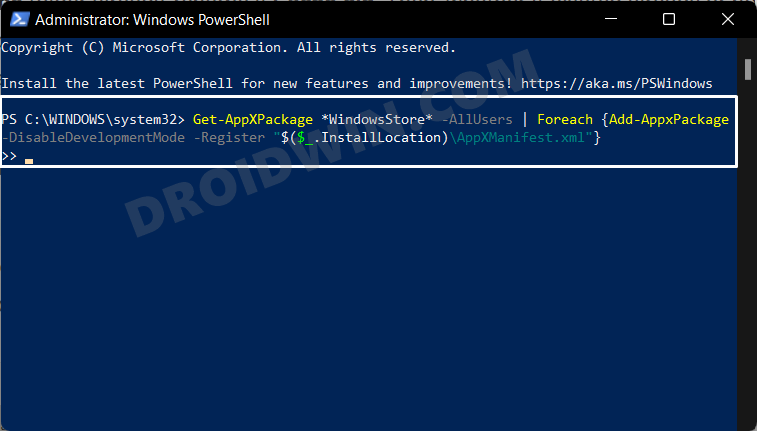While some are just not able to access it, others are having trouble downloading apps from this store. Then the plethora of error codes is only making the matter worse. In this regard, some of the most common ones are: While these issues are no doubt quite infuriating and concerning, to say the least, there does exist a plentitude of workarounds that have been known to fix these errors. And in this guide, we will be listing all these workarounds. So without further ado, let’s get started with the methods to fix the Microsoft Store Not Working issue on Windows 10/11. Error Code 0x80072EE7 Error Code 0x8000FFFF Error Code 0x803F8001 Error Code 0x803FB005 Error Code 0x80073CF9 Error Code 0x80D02017 Error Code 0x80072F8F
How to Fix Microsoft Store Not Working on Windows 10/11
Do note that there’s no universal fix as such. You will have to try out each of the below-mentioned workarounds until one of them spells out success. So keeping that in mind, let’s get started.
Fix 1: Use the Windows Store Apps Troubleshooter
Windows comes with quite a few troubleshooter apps, and one of them focuses specifically on the Windows Store. It scans for underlying issues related to the store and then brings up the associated fixes. So let’s put it to test right away: After applying the fix, verify it is able to fix the Microsoft Store Not Working issue on your Windows 10/11 PC.
Fix 2: Check Your Computer’s Time/Language/Region/Location
As strange as it may sound, but having an incorrect time, language, region, or location setting could conflict with the proper working of the Store [well, it even has a dedicated Microsoft Store Error Code 1]. With this, we have successfully dealt with your PC’s date, time, language, and region settings. So now launch the Microsoft Store and check if it’s working now or not on your Windows 10/11 PC.
Fix 3: Clear the Microsoft Store Cache
If a lot of temporary data has accrued over the course of time, then it could conflict with the functionalities of the app. Therefore, it is recommended to delete these data at regular intervals. Here’s how it could be done: Once done, verify whether the Microsoft Store Not Working issue has been fixed or not on your Windows 10/11 PC.
Fix 4: Fix Network Connections via Registry
In this method, we will be fixing certain network issues using the Windows Registry Editor, with the ultimate aim being to replace the child object permission entries with inheritable permission. Moreover, this underlying issue is the reason why you might get the Microsoft Store Error Code 0x80072EFD as well. So to rectify it, here’s what you need to do: Finally hit Apply > OK and restart your PC. Once it boots up, verify whether the Microsoft Store Not Working issue has been fixed or not on your Windows 10/11 PC.
Fix 5: Reset/Disable Proxy Server
If you are using a proxy server to bypass limitations and access geo-restricted contents, then it could spell out trouble for the Store. More often than not, these proxy issues give out the Microsoft Store Error Code 0x80072EE7. Therefore, to rectify this issue, consider either resetting it to the factory default settings or disable it altogether. Instructions for both are given below:
Reset Proxy Server
Disable Proxy Server
Check whether the resetting/disabling of proxy manages to fix the Microsoft Store Not Working issue on your Windows 10/11 PC.
Fix 6: Change Your DNS Address
Any issues with the Domain Name Server would prevent the Store from establishing a successful network connection. As a result of which, you would also end up getting the Microsoft Store Error Code 0x8000ffff. To fix this issue, you should consider making a switch from the default DNS that your ISP has provided to the one from Google or Cloudflare. As for this guide, let’s proceed ahead with the former one. Once done, verify if the Microsoft Store Not Working issue on your Windows 10/11 PC has been fixed or not.
Fix 7: Take OwnerShip of WindowsApp Folder
All the downloaded apps from the Store are located inside the WindowsApps folder. However, you cannot access this folder even if you are an administrator. This is because it is under the control of Microsoft’s Trusted Installer Account. So you will have to transfer the ownership to your own admin account. To do so, please refer to our guide on How to Take Ownership of Files and Folders in Windows 11.
Fix 8: Scan and Fix Disk Errors
In some instances, issues with the disk drive could also prevent you from downloading/installing apps from the Store. So you should consider scanning and rectifying the disk-related errors with the help of two Windows built-in apps- DISM and SFC. Deployment Image Servicing and Management (DISM) is a command-line tool that is used to fix disk-related issues by downloading and replacing the corrupt files with its working counterpart from the Microsoft Servers. On the other hand, the System File Checker is also a command-line tool that fixes disk-related issues, but rather than replacing the corrupt file with a working one from the internet, it does so from the cached files stored on your PC. Now that you are aware of the working of both these commands, let’s put them to test. Follow along. Once both the commands have been successfully executed, restart your PC. Then check if the Microsoft Store Not Working issue on your Windows 10/11 PC has been fixed or not.
FIX 9: Restart Microsoft Store and Background Intelligent Services
The Microsoft Store doesn’t run in a sandbox environment, rather it is dependent on a couple of services, such as the Microsoft Store Install Service and the Background Intelligent Transfer Service (the latter is used by many system apps to transfers files in the background using idle network bandwidth). In case there are any issues with any of these services, then is repercussions are bound to be faced by the Store. So you should consider restarting these services so that they start off with a fresh instance from scratch. Here’s how it could be done:
FIX 10: Enable All TLS Versions
Transport Layer Security (TLS), like Secure Sockets Layer (SSL), is an encryption protocol intended to keep data secure when being transferred over a network. As of now, the latest TLS version is 1.3, and that should already be enabled on your PC. However, when it comes to Microsoft Store, then you will also have to enable the legacy versions (1,0, 1.1, and 1.2) of this security protocol. So refer to the below instruction steps and implement them right away.
Fix 11: Re-Register Microsoft Store
Re-Registering the Microsoft Store on your PC could also help in rectifying the underlying issue. While the direct approach is to do so from within the Store itself, but since you wouldn’t be able to access it, let’s take an alternate route- one that involves the use of commands. That’s it, the re-registration of the Store stands complete. Now verify whether it ends up fixing the Microsoft Store Not Working issue on your Windows 10/11 PC.
Fix 12: Reset Microsoft Store
Resetting the app and bringing all its settings and configurations back to their default state should fix most of the Store related issues. And there’s every chance that it might work this time around as well. So refer to the below set of instructions to reset the Microsoft Store app: Once the reset is complete, check whether the Microsoft Store Not Working issue has been fixed or not on your Windows 10/11 PC.
Fix 13: Reinstall the Windows Store
If none of the aforementioned methods managed to spell out success for you, then you should consider uninstalling and reinstalling the Store app on your PC. Since it is treated as a system app, you wouldn’t be able to uninstall it from the Settings menu. Rather you will have to make use of the commands, as explained below: With this, we round off the guide on how you could fix the Microsoft Store Not Working issue on your Windows 10/11 PC. We have shared eleven different methods for the same. Do let us know in the comments section which one worked out in your favor. Likewise, all your queries are welcomed in the comments.
How to Open the WindowsApps Folder in Windows 11How to Take Ownership of Files and Folders in Windows 11UWP Apps in Windows 11: Location, URI, Shortcut, UninstallWhere are the Windows 11 Default Icon Files Located
About Chief Editor
